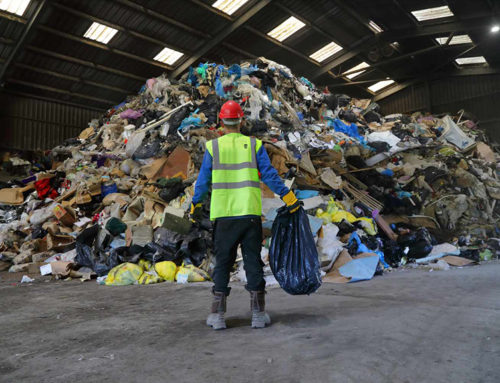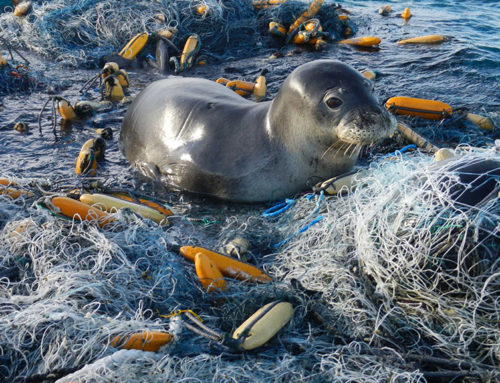Plastic pollution has been a global concern for decades, with its devastating impact on our oceans and ecosystems well-documented. However, a recent study conducted by Japanese researchers has unveiled a startling revelation: microplastics, those minuscule plastic particles less than 5 mm in size, are not only infiltrating our oceans but also ascending into the atmosphere, even residing in clouds.
Microplastics are born from various sources, including intentional manufacturing for industrial purposes and the breakdown of larger plastic items due to natural processes like sunlight exposure. This includes the influx of clone and compatible ink cartridge waste filling landfills at as many as 1 million cartridges per day in the United States alone. These tiny plastic particles have infiltrated every corner of our planet, from remote wilderness areas to our food and water supply. They pose a triple threat to human health: physical, chemical, and by providing a breeding ground for microorganisms. Moreover, projections suggest that by 2050, the amount of plastic in the sea could surpass the quantity of fish.
While much research has concentrated on the impact of microplastics in aquatic ecosystems, the study led by Hiroshi Okochi and his team at Waseda University has unveiled a new dimension of concern—airborne microplastics. These AMPs have the potential to significantly impact human health and the global climate.

To understand the role of AMPs in the atmosphere, researchers collected cloud water samples from high-altitude mountains in Japan, including Mount Fuji and Mount Oyama. Utilizing advanced imaging techniques like attenuated total reflection imaging and micro-Fourier transform infrared spectroscopy, the team identified nine different types of polymers and one type of rubber in the AMPs. Most notably, polypropylene, a common plastic, was prevalent in the samples, often degraded and bearing carbonyl and hydroxyl groups. These findings indicate that AMPs play a pivotal role in cloud formation, influencing our climate.
The accumulation of AMPs in the atmosphere, particularly in polar regions, poses a grave threat to the planet’s ecological balance, potentially leading to severe biodiversity loss. Furthermore, the rapid degradation of AMPs in the upper atmosphere releases greenhouse gases, contributing to global warming. This underscores the urgency of addressing the AMP issue as a crucial component of future climate change projections.
The recent discovery that microplastics are present even in clouds raises concerns about their contribution to the climate crisis. The theory suggests that these polymers can act as condensation nuclei for cloud ice and water, potentially altering cloud abundance and influencing climate change. Additionally, plastic pollution in the oceans can exacerbate climate change as plastic slowly degrades, releasing greenhouse gases.
Addressing the microplastics issue requires a multifaceted approach. Establishing a circular economy is key, emphasizing the need for plastic products to be reusable, recyclable, or compostable. This demands significant investment in collection and reprocessing infrastructure. On an individual level, consumers can make a difference by avoiding products containing microbeads and responsibly disposing of plastic waste.
Governments worldwide are taking steps to combat plastic pollution, including bans on single-use plastics and promoting recycling. Public support for such legislation is vital to effect meaningful change.
The revelation of airborne microplastics in clouds is a stark reminder of the pervasive nature of plastic pollution. The study from Japan underscores the urgent need to address this issue proactively as microplastics continue to infiltrate our environment.






